
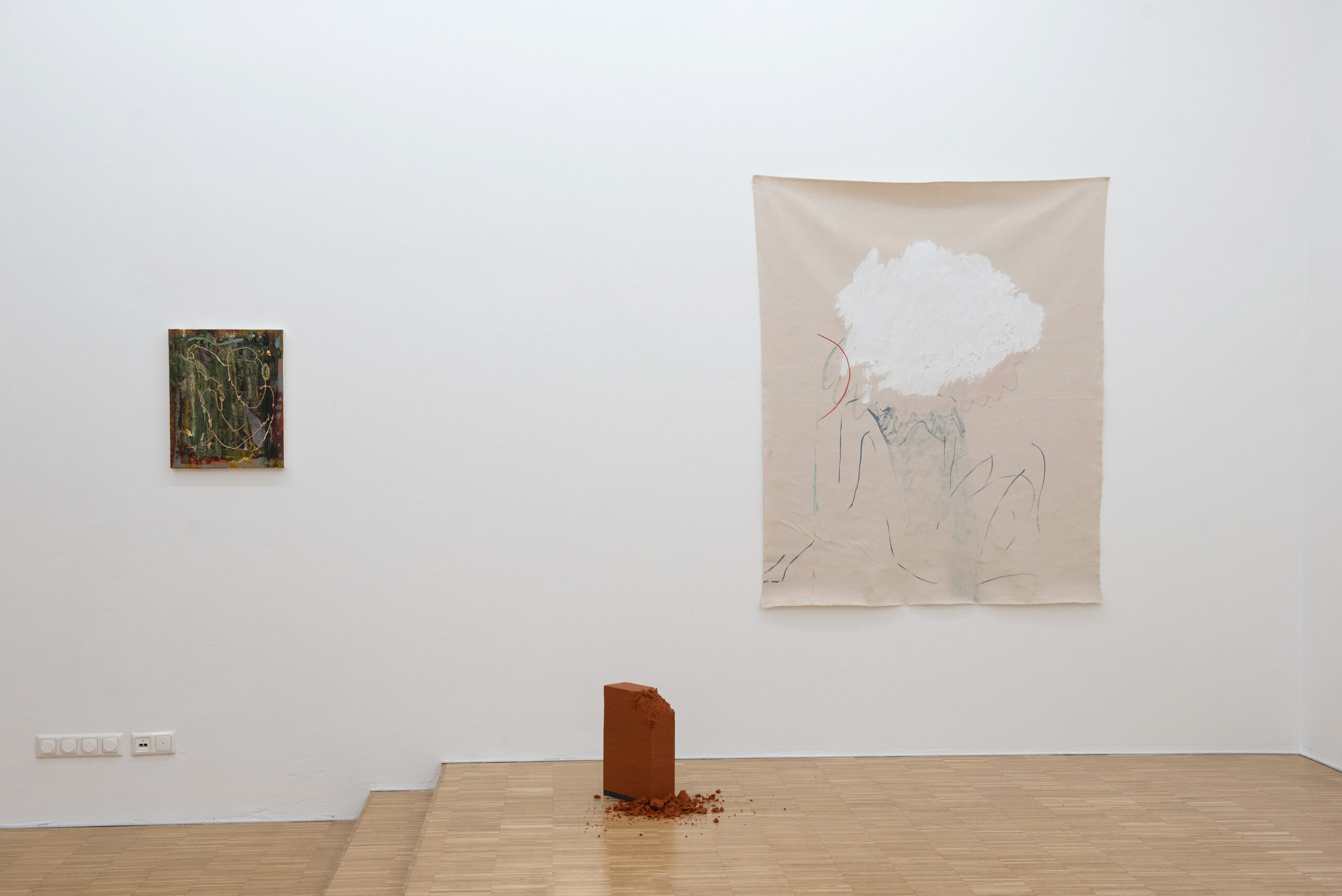


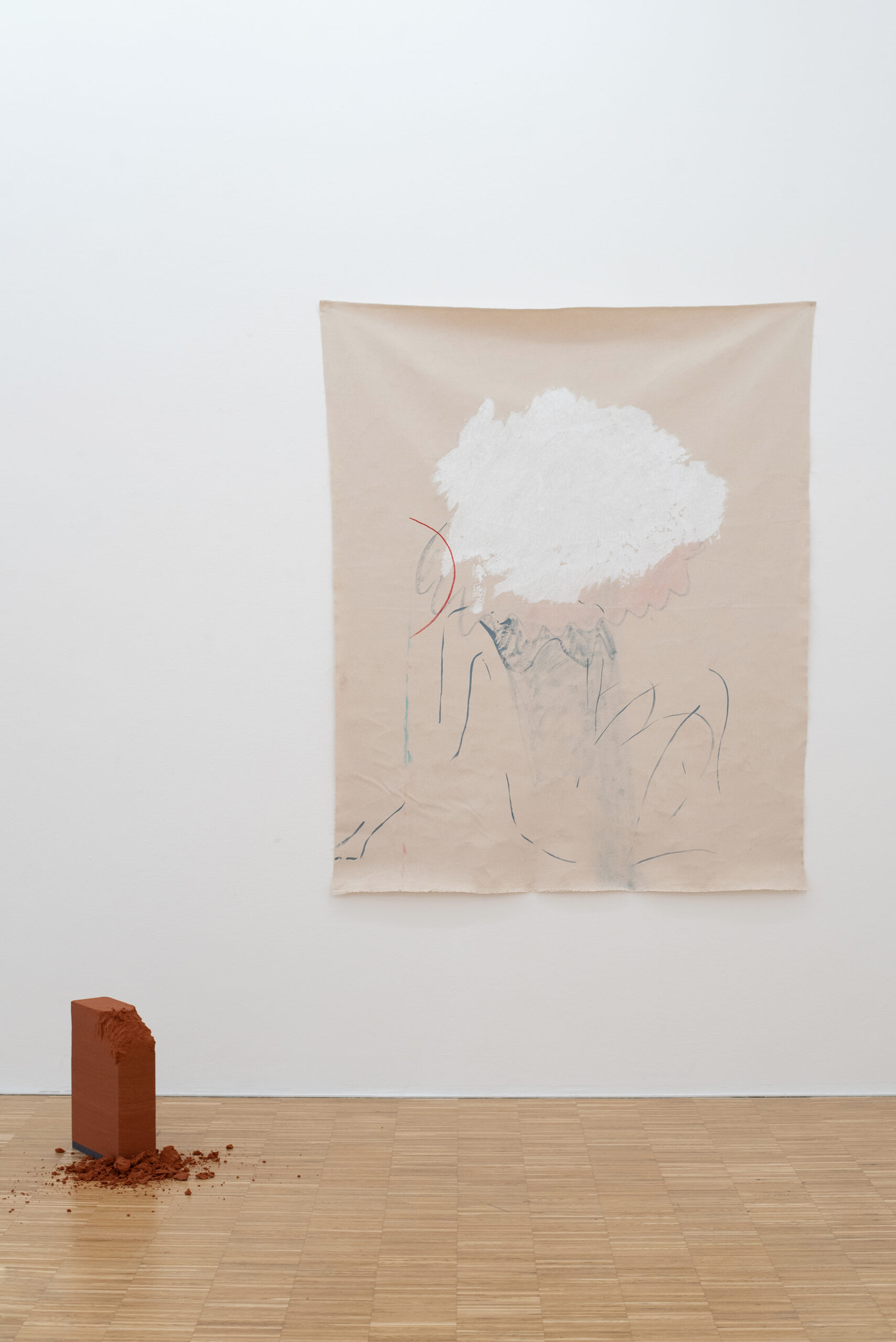




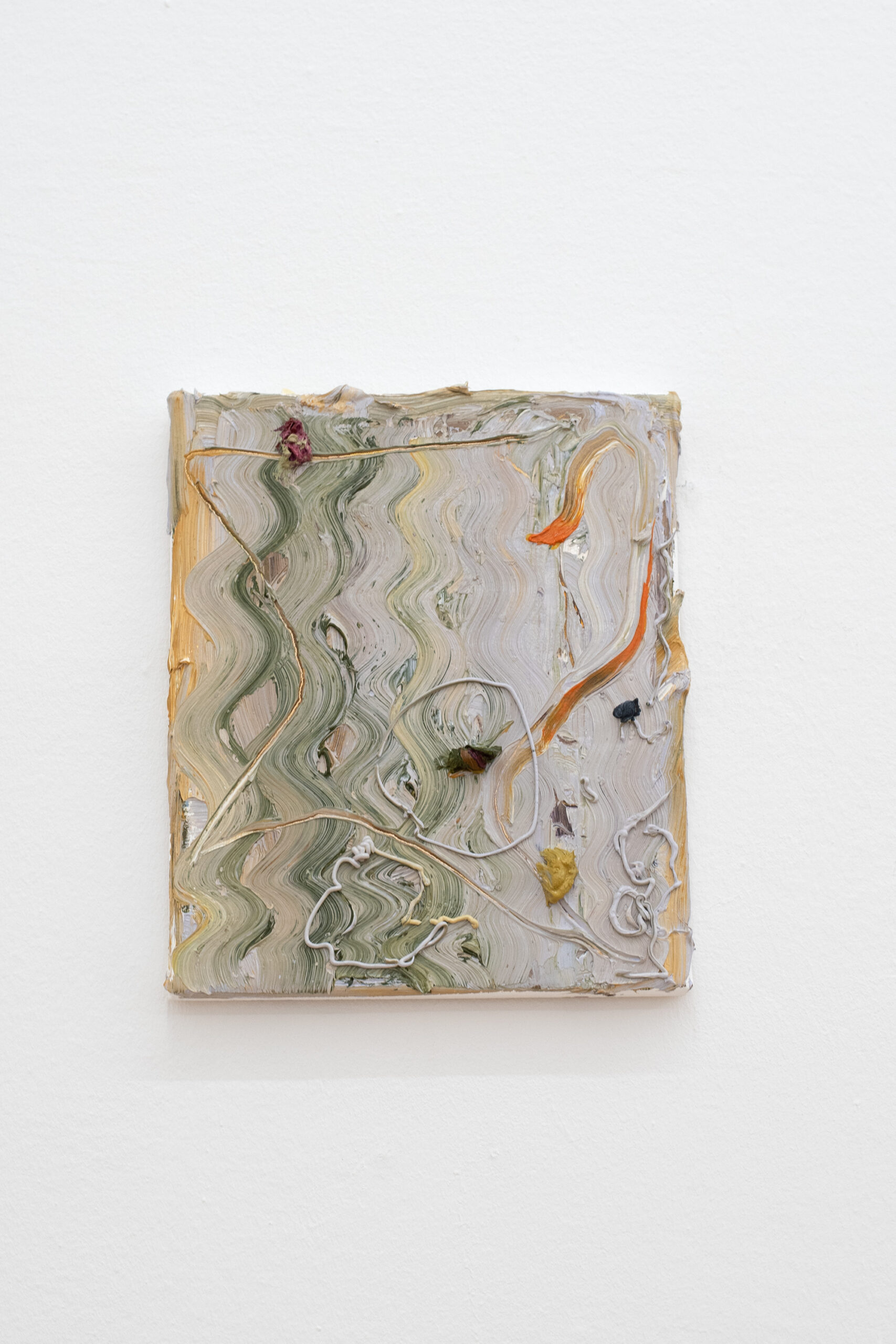
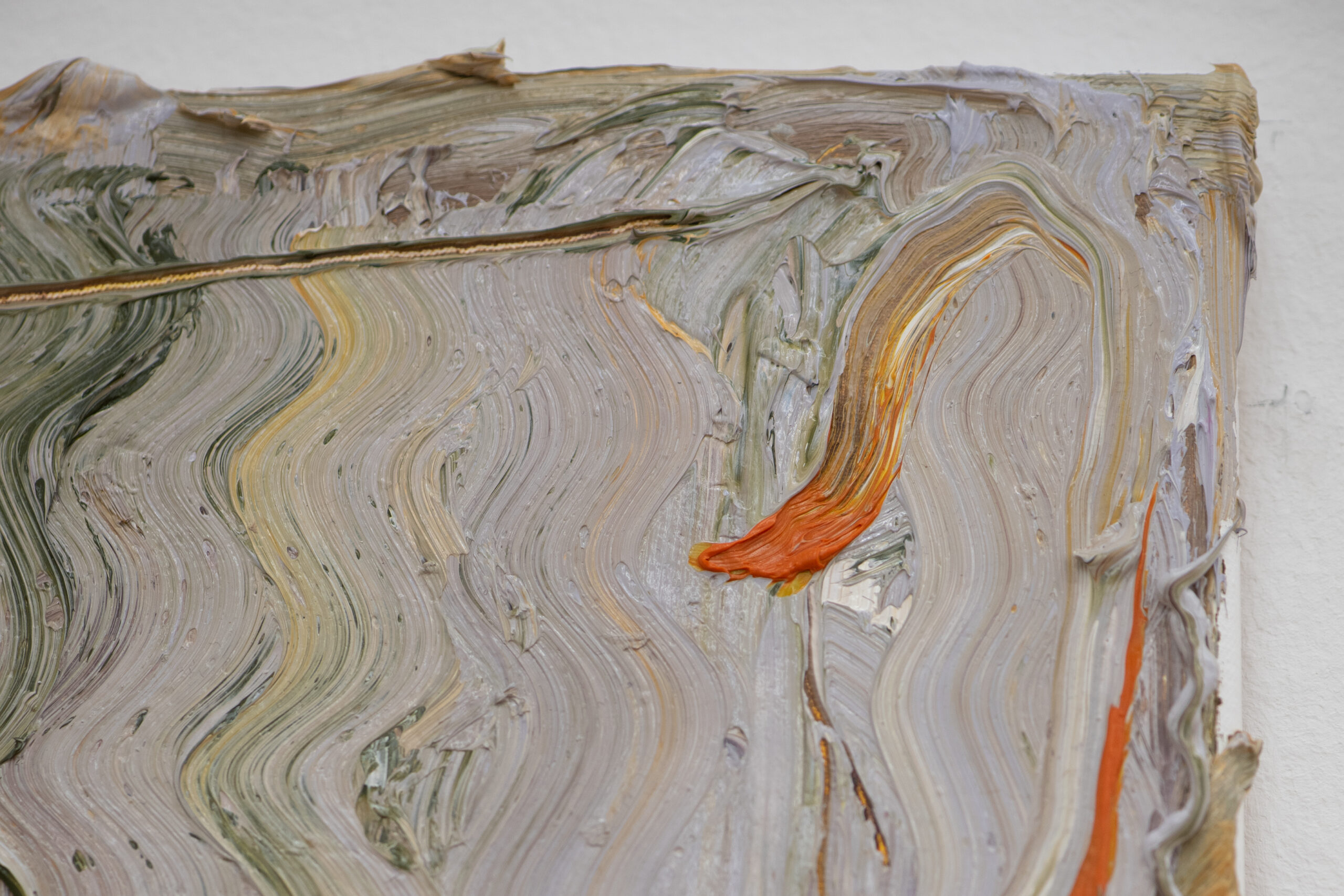

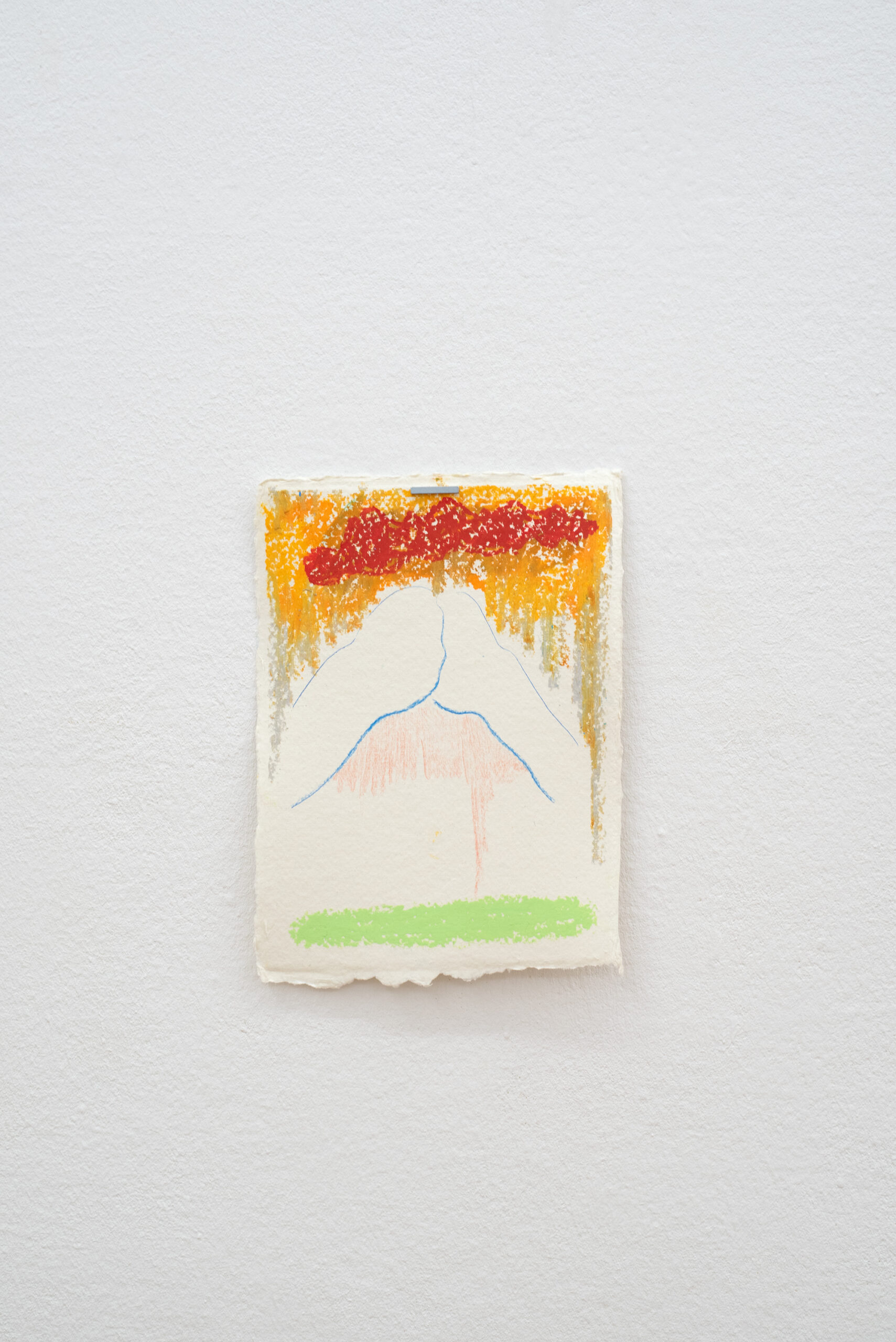
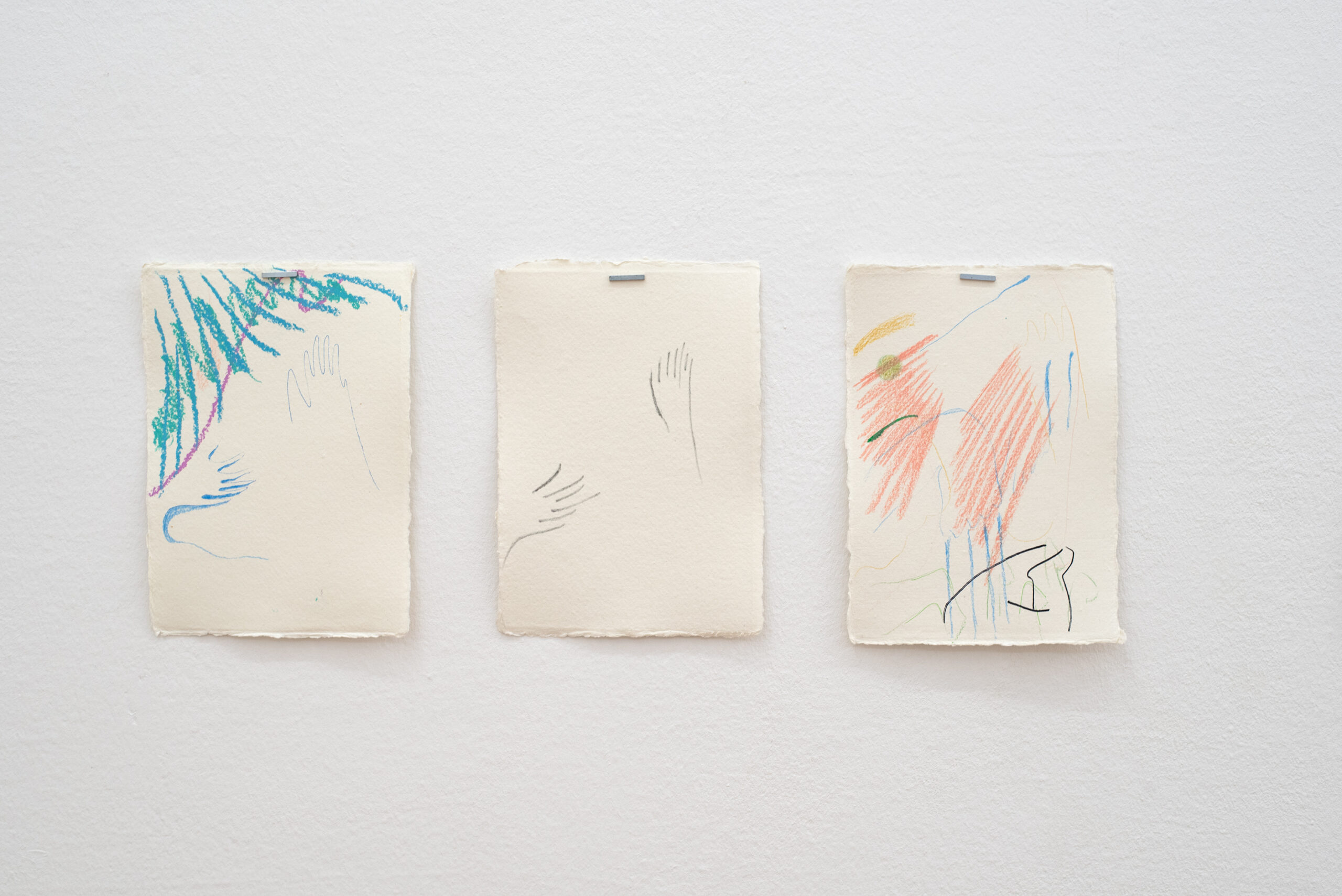







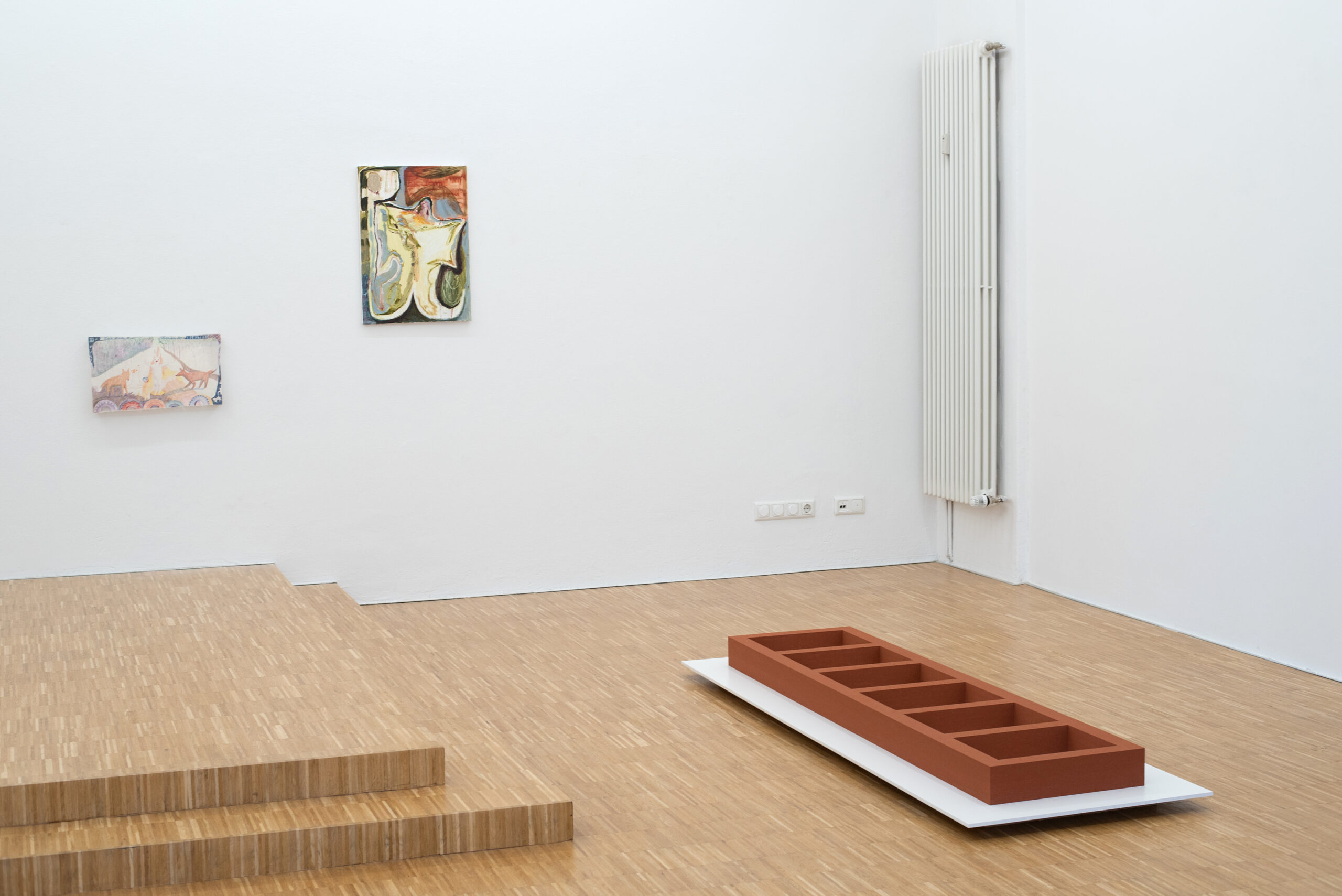



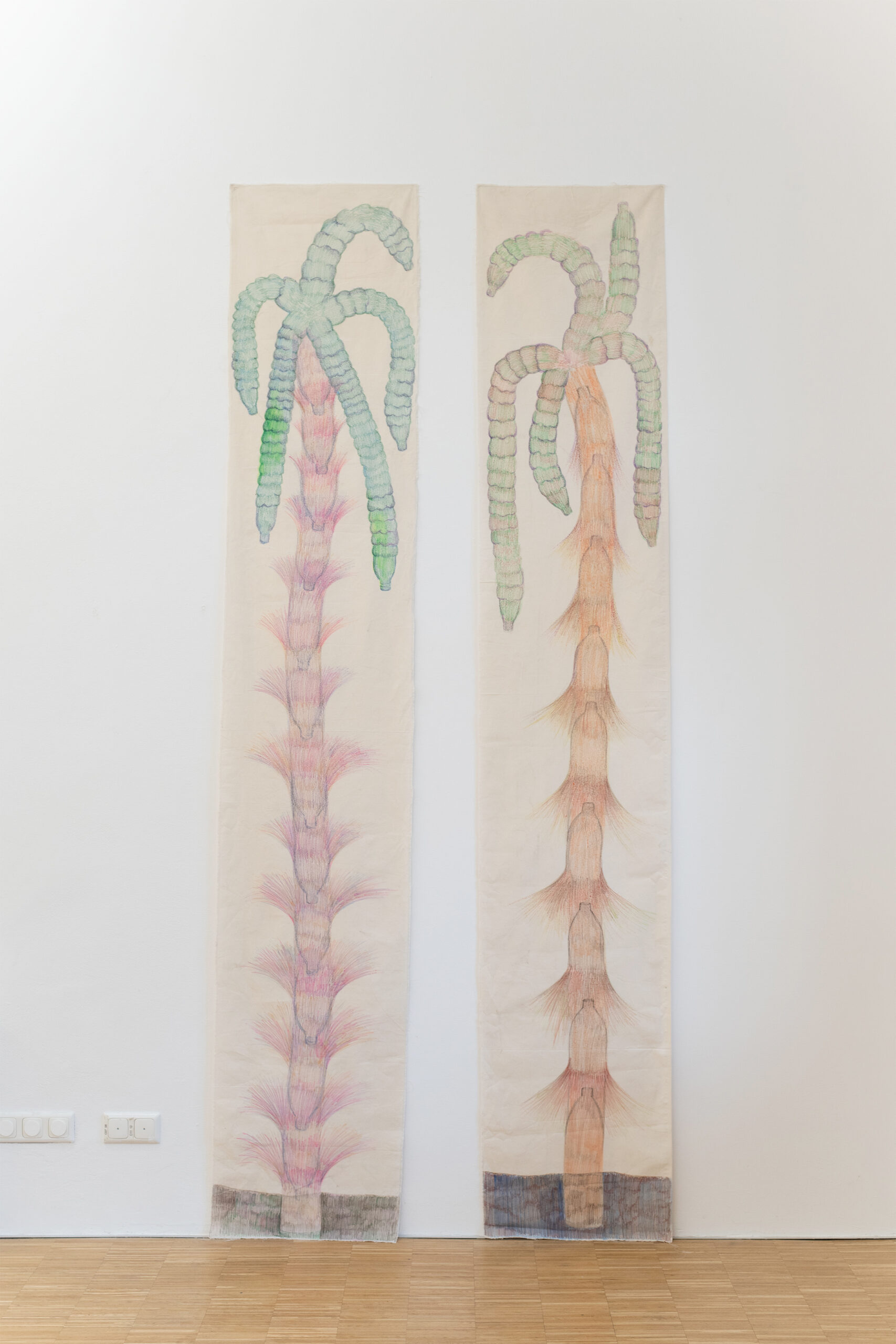
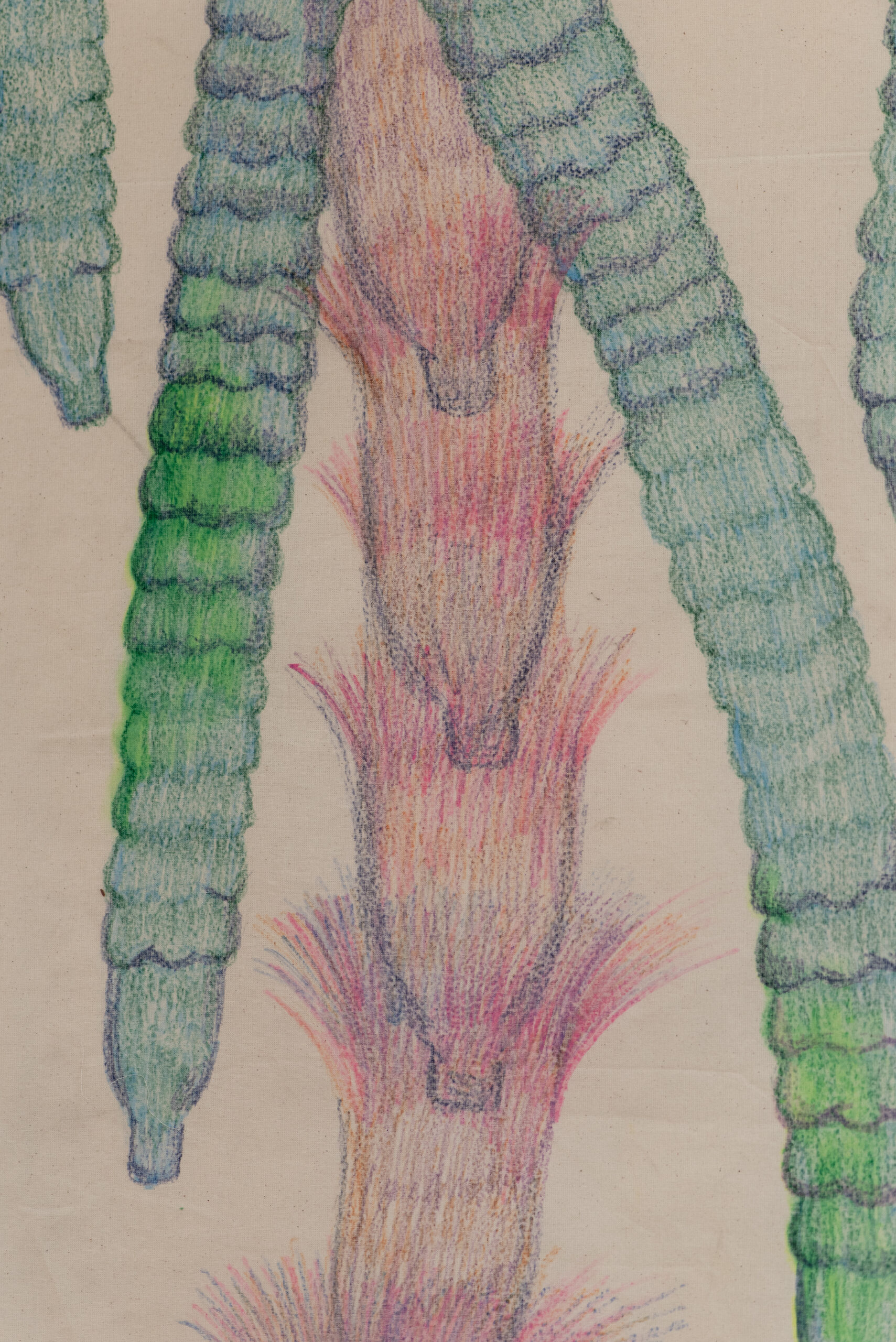



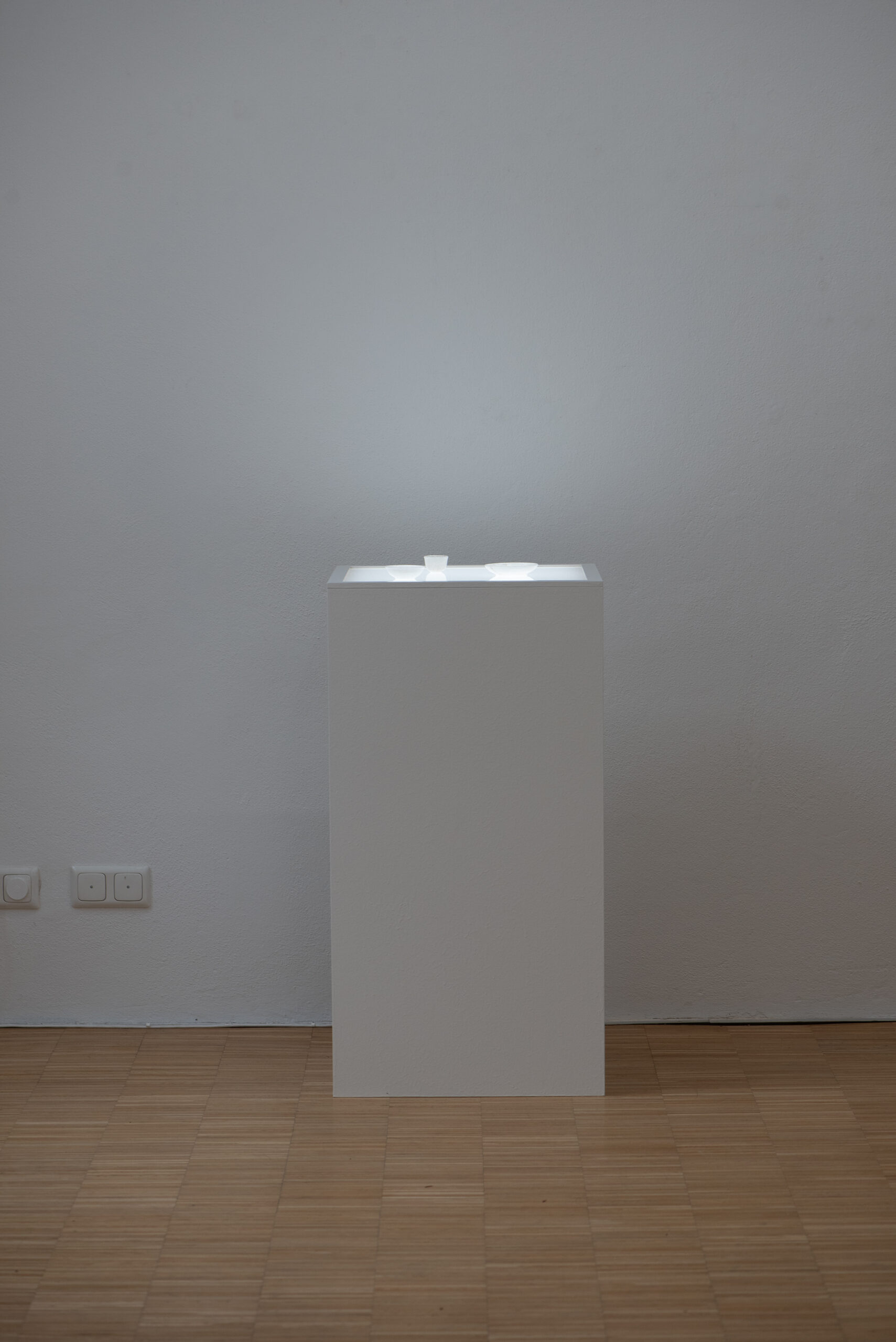



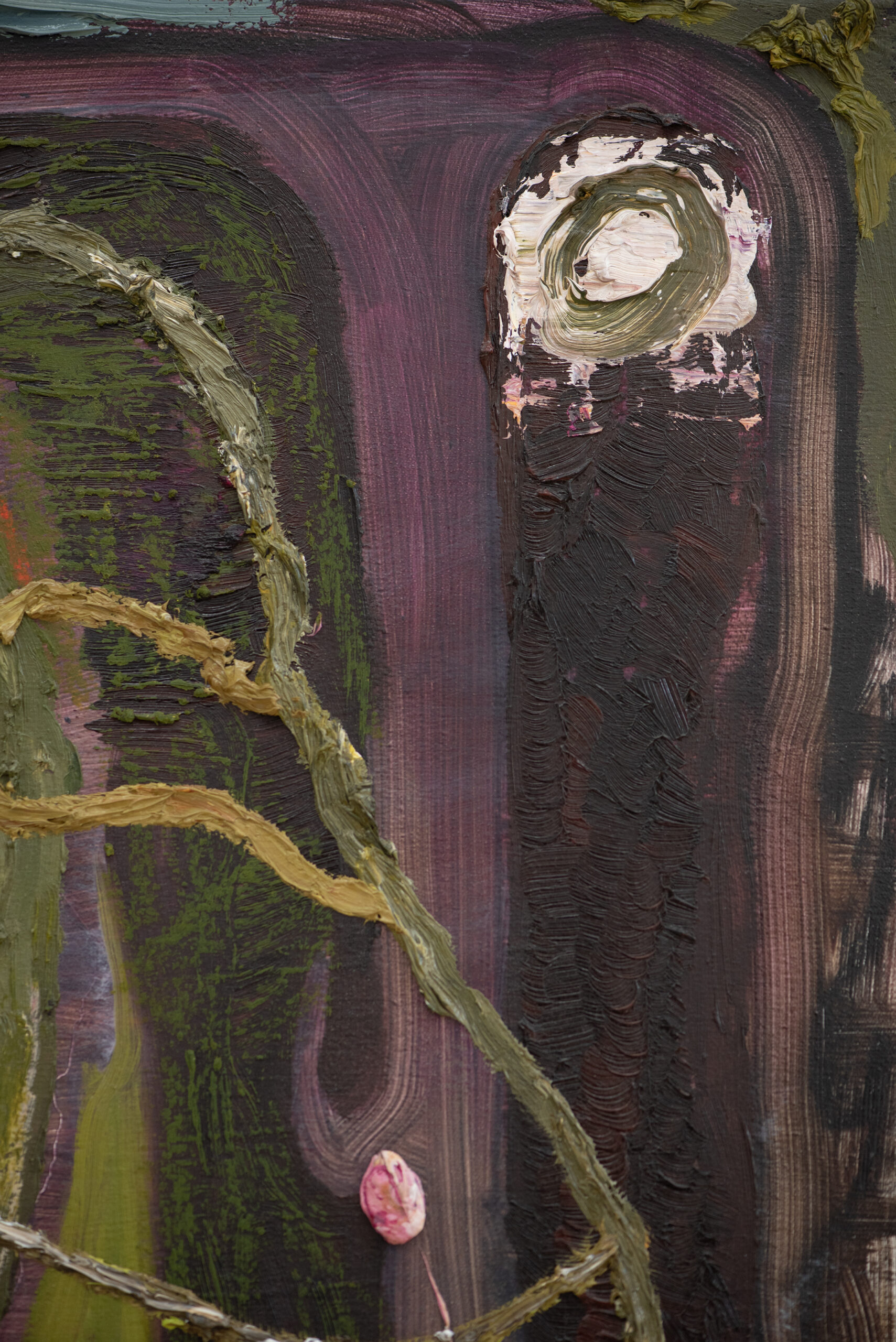

PICNIC
We live in an age of uncertainty.
Nothing feels stable, and nothing lasts forever.
Instability has become the norm.
It’s as if we are all living in an in-between state — a Zwischenzustand.
Things are no longer what they were, yet not quite something new.
It is a moment of suspension, of transition, of becoming.
It can bring unease, or a sense of liberation;
it carries both rupture and possibility.
Confusion, melancholy, even fear — these are the emotional textures of our time.
Life moves from one point to another, step by step, never stopping.
We often hear that “we are in a low point,” “an age of crisis,”
as if we must always climb out, move forward, overcome.
But perhaps, we can also pause—
to feel, to look, even to enjoy this precarious moment we inhabit.
Like a picnic along the way:
a temporary rest, somewhere between departure and arrival.
Good times, troubled times — they are both our times.
PICNIC is a gathering within this in-between.
At The Tiger Room, artists Lisa Bahuschewskaja, Naama Bergman, Heeyoung Rosa Jo, and Frida Kato explore moments of suspension and transformation.
Their works move between the familiar and the strange,
between structure and dissolution, between private vision and collective experience.
Together, they create a temporary space — open, incomplete, fragmented —
and precisely because of that, full of potential.
In Lisa Bahuschewskaja’s series Palms, the artist draws from Belarusian folk painting traditions,
reinterpreting them with markers and acrylic pens.
Her imagery of swans made from car tires — a familiar sight in post-Soviet yards —
blends humor, nostalgia, and an enduring desire for beauty,
transforming the everyday into a tender, improvised paradise.
Naama Bergman’s 801°C Salt Cellars are made entirely of salt —
fragile objects that must be broken to be used.
Her works meditate on the paradox of solidity and decay,
on how order and meaning eventually dissolve into debris,
turning fragility itself into a quiet form of strength.
Heeyoung Rosa Jo captures the fleeting and the invisible in delicate paintings
that shift between abstraction and figuration.
Her brushstrokes are relaxed and intuitive,
her canvases unframed and open, sometimes hung freely or placed on the floor.
The fabric becomes an extended field for perception —
a space where emotions hover between appearance and disappearance.
Frida Kato’s paintings and ceramics move between abundance and clarity,
eruption and form. Color flows and hardens, creating surfaces that are tactile, rhythmic, and alive.
Her compositions recall the theatricality of the Baroque — full, dramatic, yet always balanced.
Through intuitive gestures and subconscious flow,
she transforms matter into movement,
creating works that exist in a perpetual state of becoming.
PICNIC doesn’t seek a conclusion.
It invites us to linger in transition —
to share a temporary moment of openness,
where contradictions coexist and change is allowed.
That is the quiet beauty of the in-between.
Installation views


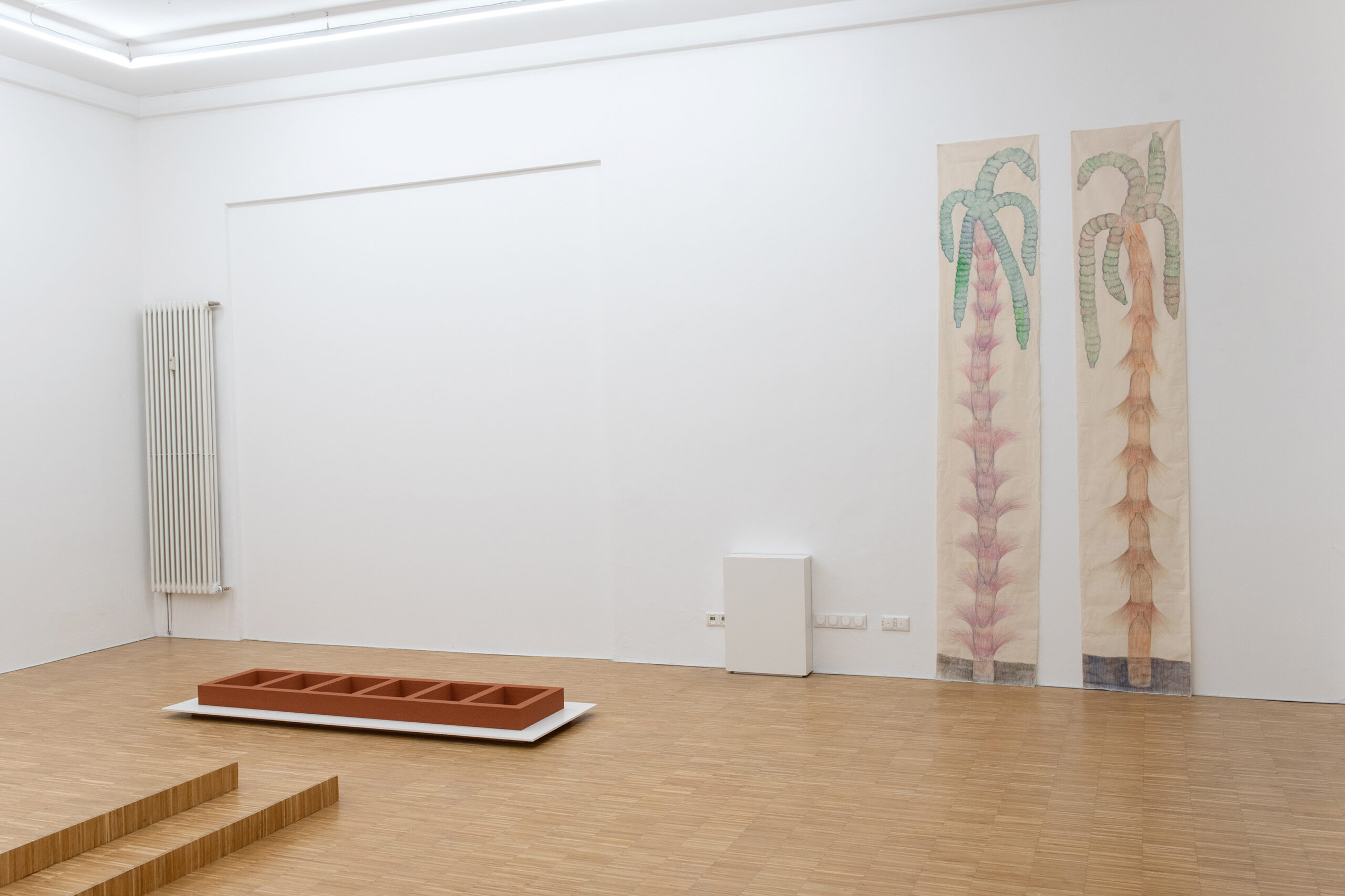



Artists
Lisa Bahuschewskaja
Lisa Bahuschewskaja: (officially Elisaveta Bogushevskaya) (b. 2000) lives and works in Munich, Germany. Since October 2022, she has been studying painting at the Academy of Fine Arts Munich under Prof. Anke Doberauer.
Her series Palms and The King of the Woods (2025) continues the Belarusian folk tradition of Malyavanki — hand-painted carpets that once depicted idyllic, paradisiacal scenes. Lisa reimagines this practice by introducing the improvised aesthetics of post-Soviet courtyards, where swans made from old car tires appear as symbols of human creativity and longing. Using felt-tip pens and acrylic markers on fabric, she captures the tenderness and humor found in these humble gestures. Her paintings are both a continuation of a folk tradition and a loving, ironic commentary on the human impulse to create beauty, even in decay.

Naama Bergman
Naama Bergman(b.1982, Tel Aviv)’s 801°C Salt Cellars are made entirely of salt — fragile objects that must be broken to be used. Her works meditate on the paradox of solidity and decay, on how order and meaning eventually dissolve into debris, turning fragility itself into a quiet form of strength.

Heeyoung Rosa Jo
Heeyoung Rosa Jo (b. 1991 in Seoul, South Korea)
Heeyoung Rosa Jo‘s artistic work centers around the invisibilties and paradoxes of everyday life. She strives to capture the atmosphere of fleeting impressions and to forge connections between seemingly disparate moments. Her perimary goals is to unveil the subtle beauty of the unseen and to celebrate the poerty of the ordinary.
Frida Kato
Frida Kato (b. 1990 in Tokyo, Japan)
uses arched lines in her impasto paintings, which are reminiscent of the excessive decor of the Baroque. Numerous layers of color create relief-like shapes surfaces and leave behind sculptural canvases.
„I am exploring the fluctuation of the boundary between two-dimensional and three-dimensional objects by mixing the perspective of following the image as a painting and the perspective of following the shape and unevenness as a three-dimensional object in my works. I treat oil paint as an extension of a material like clay rather than as a drawing material, and I work with a strong awareness of its aspect as a sculpture. I draw fragments of images and motifs that come to mind, which are layered and appear on the canvas as new forms and thicknesses. The arched strokes are inspired by baroque architecture and furniture.“
Works
If you are interested, please inquire about availability

Palms 1 (right), Palms 2 (left)
2025
Lisa Bahuschewskaja
felt-tip pens, acrylic markers on cotton
285 x 52 cm, 285 x 52 cm

The King of the Woods
2025
Lisa Bahuschewskaja
felt-tip pens, acrylic markers on cotton
30 x 50 cm

Fließendes Wasser ist ungreifbar
2025
Heeyoung Rosa Jo
Mischtechnik auf Büttenpapier
21 x 15 cm

Feine Sache (left), Der zarte Dirigent(middle), Erscheinende Melodie2025
Heeyoung Rosa Jo
Mischtechnik auf Büttenpapier
21 x 15 cm

Fine Diner (top)Das neue Leben ist aufregend (bottom )
2025
Heeyoung Rosa Jo
Mischtechnik auf Büttenpapier
21 x 15 cm


